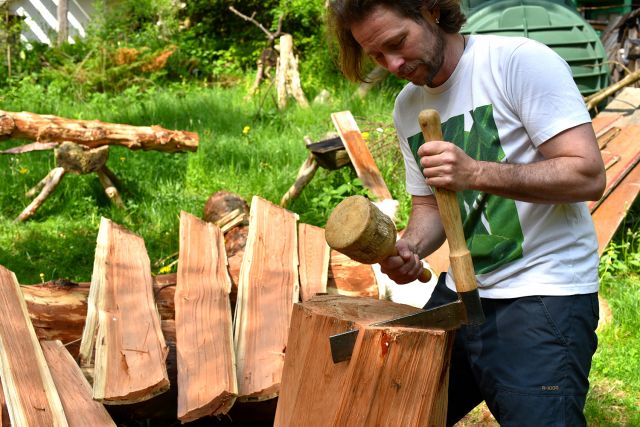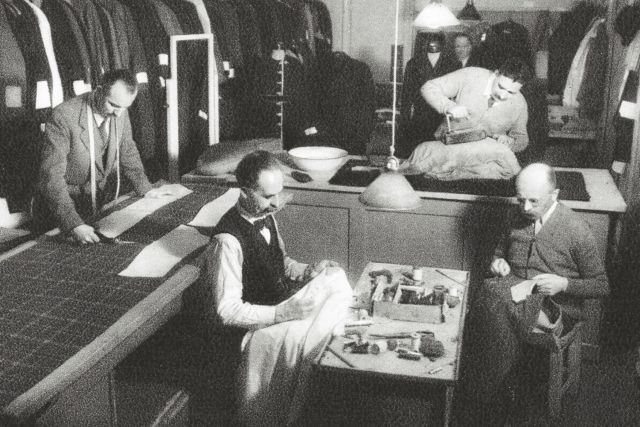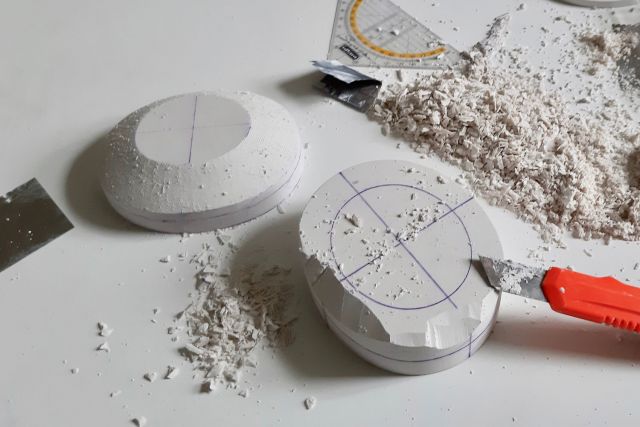This brocatelle fabric features a raised white silk pattern on a beige silk background. Brocatelle first appeared in the 16th century and is characterised by a raised satin warp effect on a filling-effect background. The high-relief effect of the satin is due to a double-weave construction with linen.
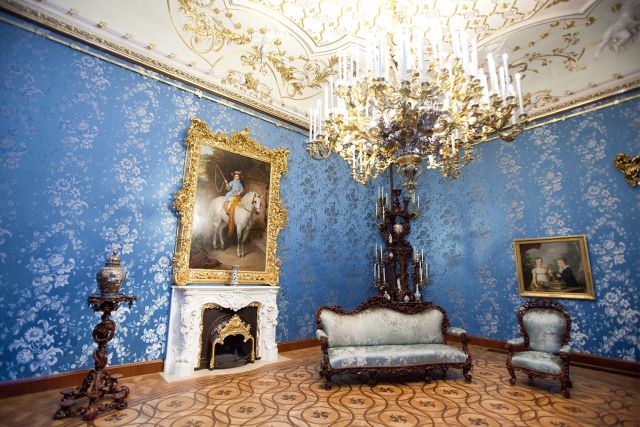
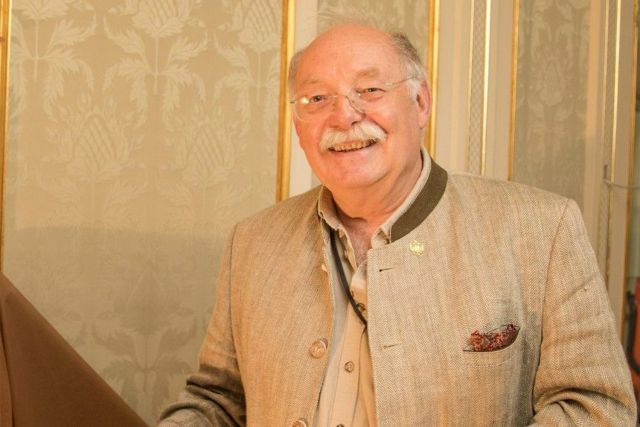

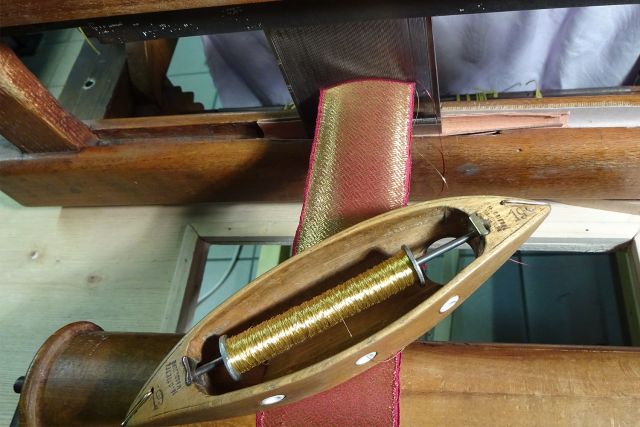
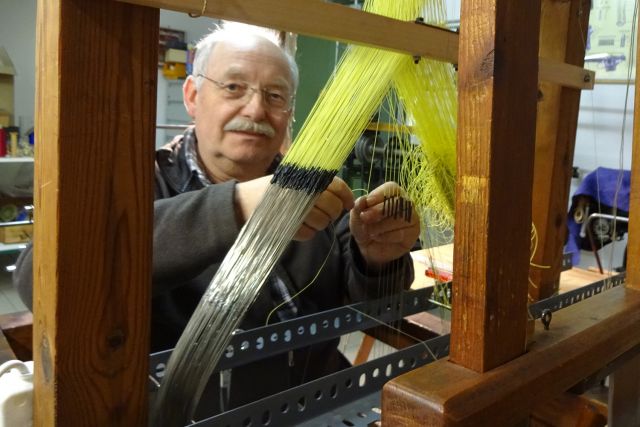
Heinrich Hetzer
- Brokatmanufaktur
- Weaver
- Waidhofen an der Thaya, Austria
- Master Artisan
By appointment only
+43 66423 00713
Bringing historical fabrics back to life
- • Heinrich is a world expert in ancient looms
- • He has recreated fabrics for carriages and castles
- • He is also passionate about steam locomotives
Heinrich first encountered weaving machinery while visiting his aunts during summer holidays as a child. These days, the Austrian textile engineer has an unparalleled knowledge of warps, wefts and weaving mechanics. In pursuit of technical improvements, he started tinkering with traditional looms by adding computerised innovations, allowing him to recreate historical fabrics. One example is the brocade textile he created for the Red Salon of Schloss Esterházy, each thread identical to the original dating from the early 18th century. Another is the regal splendour of the curtains he recreated for the carriage which drove Prince Esterhazy to the coronation of emperor Franz II in 1792.
Read the full interviewWorks
Photo: © All rights reserved

Photo: © All rights reserved
This brocatelle fabric contrasts a white silk pattern on a dark-red silk background. Brocatelle first appeared in the 16th century and is characterised by a raised satin warp effect on a filling-effect background. The high-relief effect of the satin is due to a double-weave construction.

Photo: © All rights reserved
This fabric is a two-warp and two-weft pure silk. Originally, the weavers used the same looms as for brocatelle fabrics but, here, the effect wefts are not bound with the binding warp. Patterns are created by varying the length of the float, with great care being taken to ensure the float is not too long.





